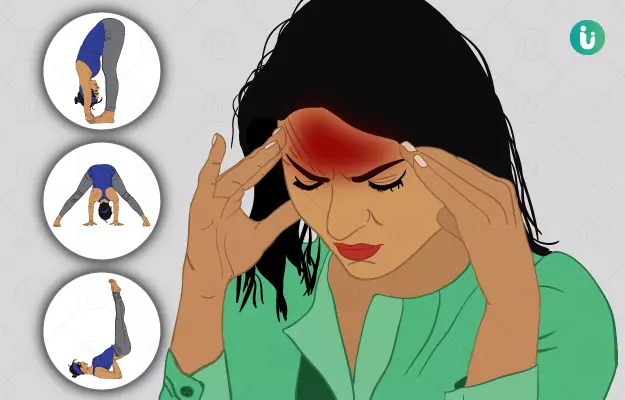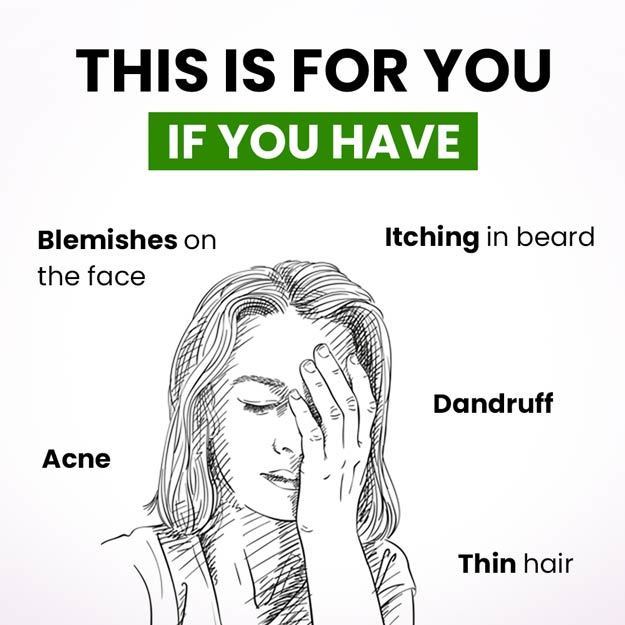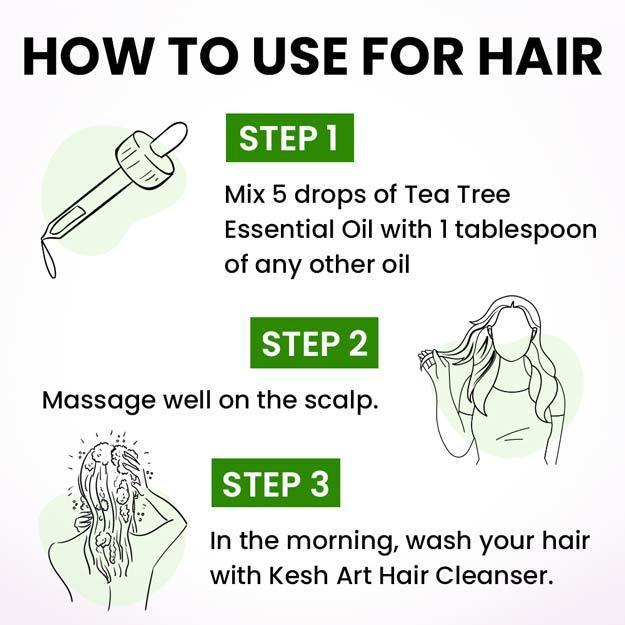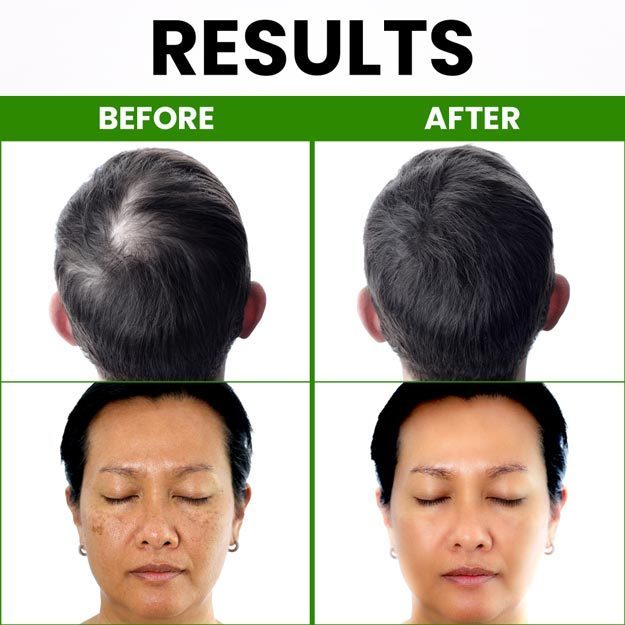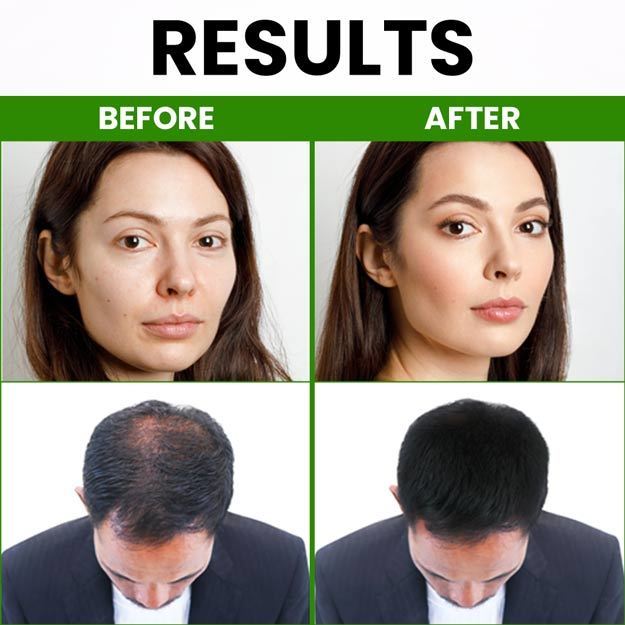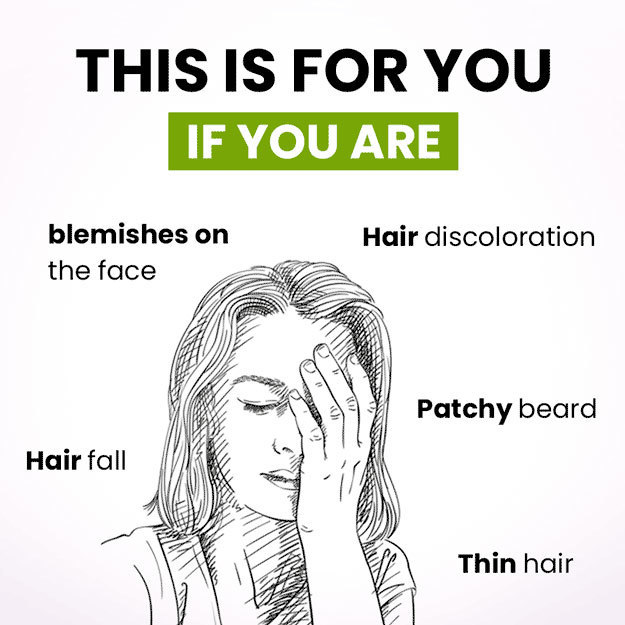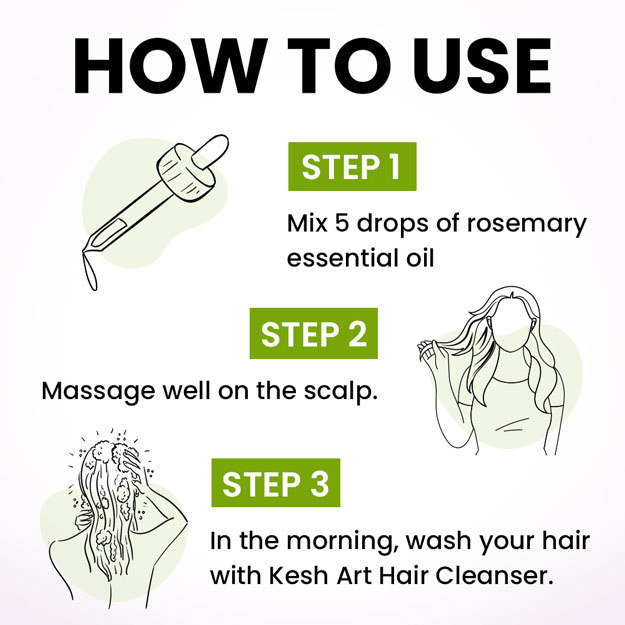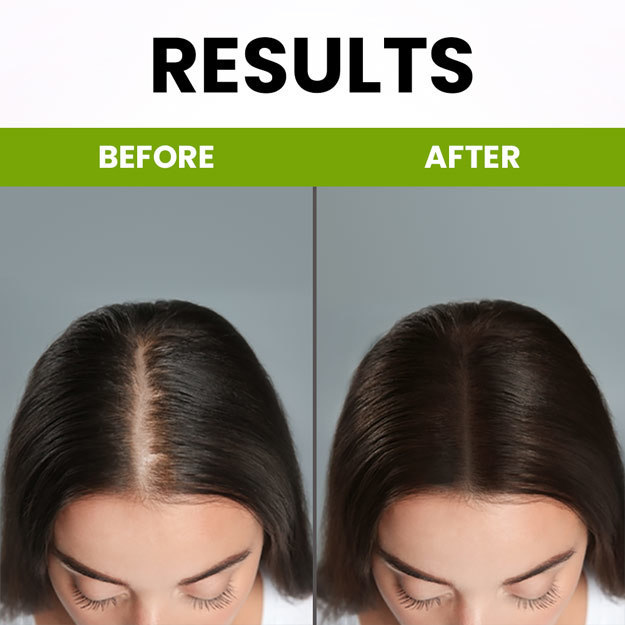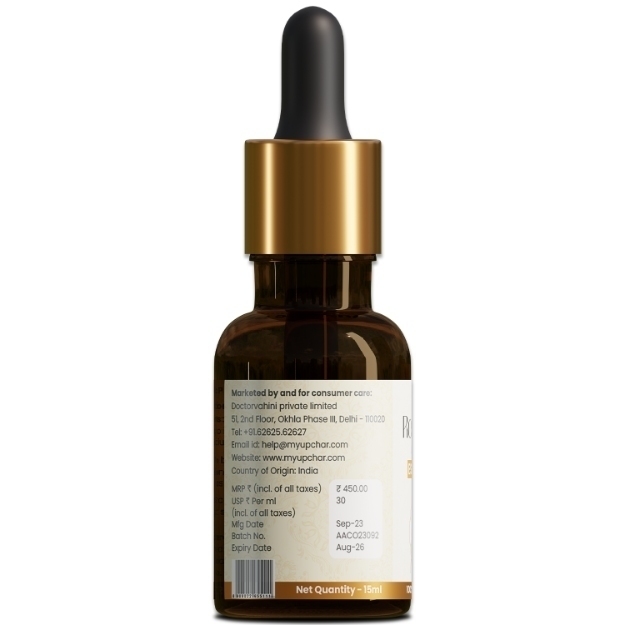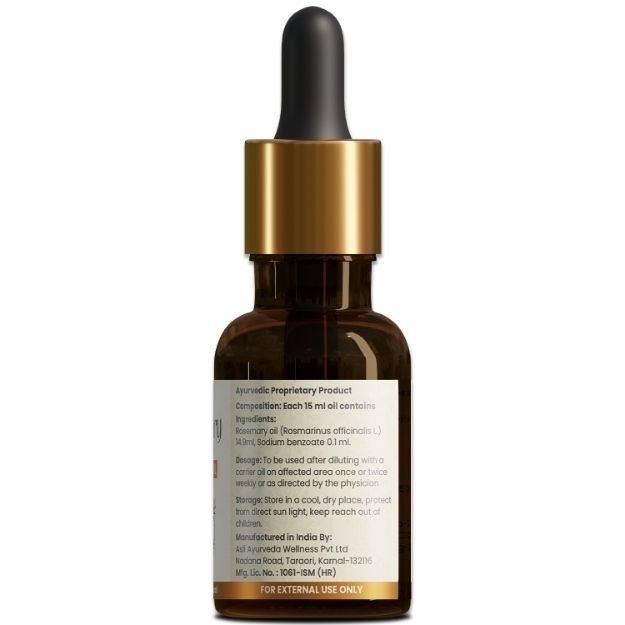When you have a headache, you are unable to concentrate on your other work and feel a lot of pain and heaviness in the head. At that time you think about how to get rid of the headache as soon as possible. Due to headache, there is also pressure and strain on the eyes, neck, shoulders and waist. Which is not good for your health.
To get rid of a headache, you quickly take medicine and these medicines are very harmful for your health. So from today stop taking medicine for headache and start doing yoga. Yoga will not only relieve your headache but will also keep you healthy.So, let us tell you some easy yoga exercises which are very beneficial in headache, but before that let us tell you how yoga is beneficial for headache -
(Read more -How to Combat Morning Headaches)

